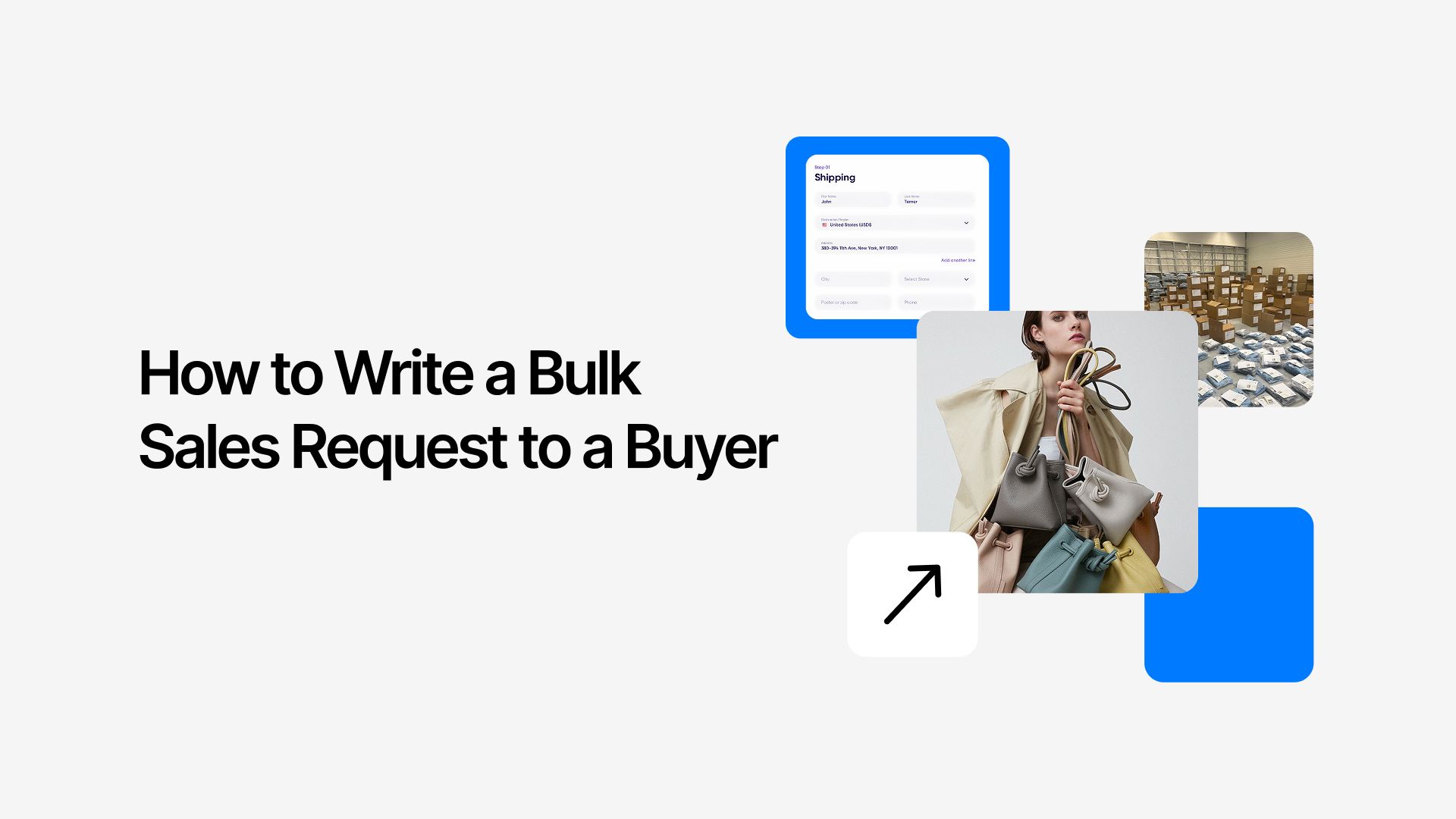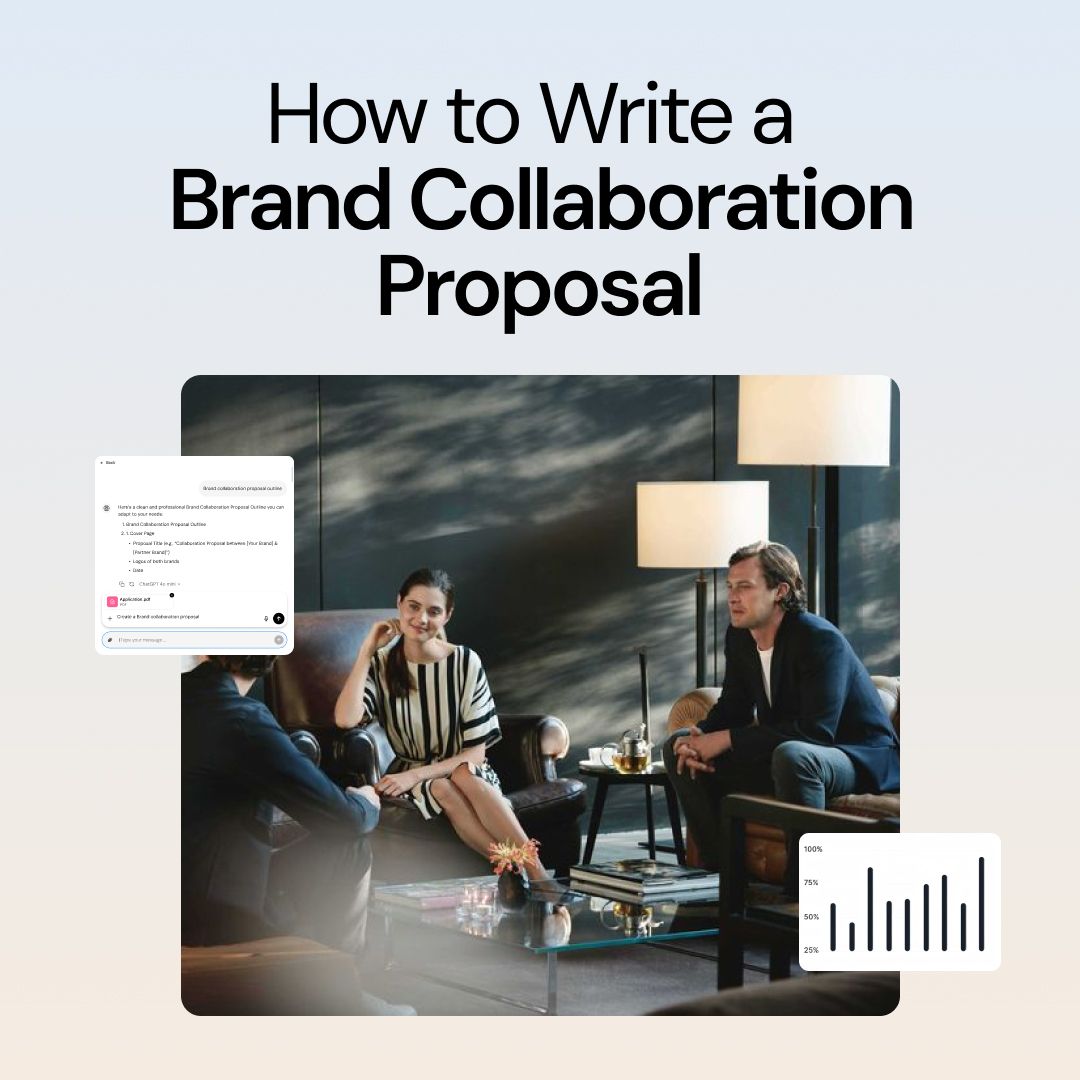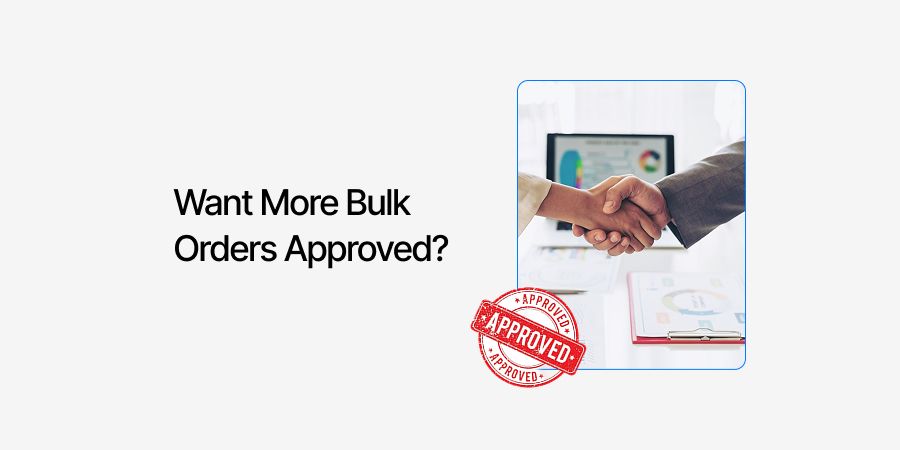
How to Write a Bulk Sales Request to a Buyer
Bulk sales requests are not the same as everyday sales emails. These letters or emails usually involve higher volumes, larger amounts of money, and longer-term commitments. The way you write them decides if the buyer even responds.
A bulk request has to balance clarity, professionalism, and persuasion. The buyer wants to see the value quickly – pricing, reliability, and whether you can deliver consistently. Your goal is to write in a way that builds trust and creates interest without sounding pushy.
Done right, a bulk sales request can open doors to repeat orders and long-term partnerships. Done poorly, it can push buyers away before they even look at your offer.
Understanding the Buyer’s Perspective
Before you start writing, think like the buyer. Businesses do not agree to bulk deals just because of discounts. They are looking for confidence in three things:
-
Pricing – Are the rates competitive compared with other suppliers?
-
Quality – Will the products or services meet standards without failure?
-
Reliability – Can you deliver the quantity promised, on time, every time?
Most buyers also follow a process when approving bulk purchases. They compare multiple suppliers, calculate cost per unit, and review reliability history. If your request does not clearly show why you are a better choice, it gets ignored.
Another factor buyers consider is risk. A vague request makes them question if you can handle large orders. A clear and structured letter removes that doubt and increases trust.
In short, seeing the buyer’s perspective helps you write in a way that matches their needs. The stronger the alignment, the higher the chance of securing a deal.
How to Structure and Write a Bulk Sales Request
A bulk sales request is both a sales pitch and a business document. It must be clear, direct, and professional. A confusing or incomplete request can lose the buyer’s interest quickly. Here is how to structure it step by step.
Start with contact and buyer details
Always begin with your full contact information. Add the buyer’s name, role, company, and business address. This makes the request look official and easy to track.
Write a clear subject line or opening
Buyers often receive many emails and letters. A strong subject line gets their attention. Example: “Bulk Purchase Request for 500 Units of [Product Name]”. Keep it specific and professional.
Describe the product or service
Explain what you are offering in bulk. Mention model, size, or version if relevant. State why it suits the buyer’s business needs. Use simple words so there is no confusion.
Share pricing and terms
Buyers expect full details of bulk pricing, discounts, and payment terms. Do not hide numbers. Transparency builds trust and shows that you are serious about the deal.
Highlight delivery and logistics
Bulk orders are judged on how smoothly they can be delivered. Clearly state timelines, shipping method, and whether costs are included or separate. Buyers want assurance that you can handle volume.
End with a strong call to action
Finish the request by inviting discussion. Example: “Please confirm a suitable time to discuss the bulk order in detail.” A professional closing with your signature makes the request complete.
Do’s and Don’ts of Bulk Sales Requests
A bulk sales request works best when it balances persuasion with professionalism. The tone should show confidence without pressure and structure without complexity. Below are the best practices and the mistakes to stay away from.
Best practices for bulk sales requests
-
Be clear and specific – State product details, pricing, and timelines directly.
-
Personalize the request – Mention the buyer’s business needs or past purchases if possible.
-
Use simple formatting – Bullet points or short paragraphs make details easy to scan.
-
Keep tone professional but persuasive – Highlight value without exaggeration.
-
Follow up politely – If you don’t hear back, send a reminder instead of repeated sales pushes.
Mistakes that reduce success
-
Writing vague descriptions that leave buyers unsure about what is offered.
-
Avoiding pricing details or hiding terms, which creates doubt.
-
Using overly aggressive or pushy language that feels like pressure.
-
Ignoring delivery timelines or logistics, making the request incomplete.
-
Failing to proofread, which makes the request look careless.
Strong requests gain attention because they are professional, easy to understand, and tailored to the buyer’s needs. Avoiding the common mistakes keeps your proposal credible and increases your chances of approval.
Example Bulk Sales Request Letter
A sample letter helps turn guidelines into a practical format. Below is an example of how a bulk sales request can look when written clearly and professionally.
Subject: Bulk Purchase Request for 1,000 Units of Product X
Dear [Buyer’s Name],
I hope this message finds you well. I am writing to formally request a bulk purchase arrangement for 1,000 units of Product X, tailored to meet your company’s operational needs.
Product X has been designed to deliver consistent performance, and I believe it will add value to your business. Our team is prepared to offer a competitive bulk price of $25 per unit, with a 10 percent discount applied for this order size.
We can arrange delivery within 14 business days, with shipping handled by our logistics partners. Payment terms are flexible, and we are open to discussing installment options if required.
Please let me know a convenient time to discuss this request further. I would be glad to provide any additional product details, technical specifications, or references from past bulk buyers.
Thank you for considering this proposal. I look forward to your response.
Sincerely,
[Your Name]
[Your Role]
[Your Company]
[Contact Information]
This example shows how to be clear, professional, and specific without overwhelming the buyer. It highlights product, pricing, delivery, and closing action – all in one structured flow.
How Chatly Can Help You Draft Bulk Sales Requests
Writing a bulk sales request can feel repetitive. Each buyer wants something slightly different, yet the structure stays the same. That’s where Chatly steps in – not as a replacement, but as a partner in crafting letters that actually get read.
What Chatly brings to bulk sales writing
-
Tone adjustment – Need a highly formal letter for corporate buyers or a friendlier approach for long-term clients? Chatly adapts the tone instantly.
-
Smart suggestions – Chatly helps you refine discount language, delivery timelines, or calls to action so they sound persuasive without pressure.
-
Reusable templates – Save your strongest versions and let Chatly adapt them for new buyers in seconds.
Instead of starting every bulk sales request from scratch, you can focus on the deal itself while Chatly handles the structure and flow of your communication. It saves time, reduces errors, and makes your outreach consistent across every buyer interaction.
Conclusion
A bulk sales request is more than a simple message – it is the first impression of your business in a potential large-scale deal. Clear structure, professional tone, and attention to detail make all the difference.
By understanding what buyers prioritize, writing with precision, and avoiding common mistakes, you increase the chances of securing approval. Add personalization, transparency, and a confident call to action, and your request becomes not just another sales pitch but a valuable business proposal.
With tools like Chatly, you can save time, draft polished letters instantly, and maintain consistency across all buyer communications. The right request today could lead to repeat orders and long-term partnerships tomorrow.
Suggested Reads
Frequently Asked Questions
Have more questions related to bulk sales requests? Read the most repeated questions.
More topics you may like

How to Write a Brand Collaboration Proposal in 2025

Muhammad Bin Habib

How to Write a Case Study, with Examples, Tools and Templates

Muhammad Bin Habib

How to Write AI Art Prompts: A Complete Guide

Muhammad Bin Habib

How to Write a Great Memoir: How to Start & Finish Your First Draft

Muhammad Bin Habib

How to Write a Journalistic Article: Definition, Types, Structure and More

Muhammad Bin Habib
